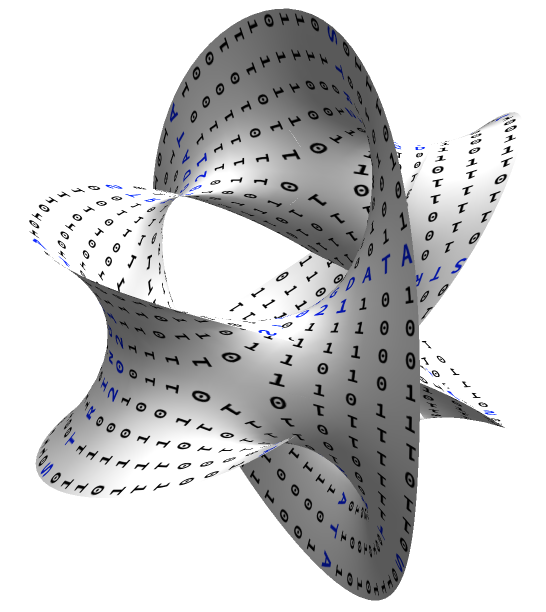string_data_2021
Description
String Data hosts Mathematicians, Computer Scientists and String Theorists to talk about and exchange new ideas on the interface between Machine Learning, Data Science and Fundamental Physics.
Zoom and YouTube Live Stream
All the talks were hosted on Zoom and streamed live to YouTube.
YouTube Recordings
All of the talks were recorded and uploaded to YouTube. You can get the link to the YouTube recording from the list of contributions.
Timezone
South Africa time converts as follows: 6 am to 10 am Pacific, 7 am to 11 am Mountain, 8 am to 12 pm Central, 9 am to 1 pm Eastern, 2 pm to 6 pm UK, 3 pm to 7 pm Central Europe, 7:30 pm to 11:30 pm India, 10 pm to 2 am China and Taiwan, 11 pm to 3 am Japan.
Speaker List
Lara Anderson (Virginia Tech)
Anthony Ashmore (University of Chicago)
Per Berglund (University of New Hampshire)
Miranda Cheng (University of Amsterdam)
Michael Douglas (Stony Brook University)
Harold Erbin (MIT)
Babak Haghighat (Tsinghua University)
James Halverson (Northeastern University)
Koji Hashimoto (Kyoto University)
Yang-Hui He (London Institute, Royal Institution)
Edward Hirst (City, University of London)
Mark Hughes (Brigham Young University)
Arjun Kar (University of British Columbia)
Sven Krippendorf (LMU Munich)
Andre Lukas (Oxford University)
Anindita Maiti (Northeastern University)
Challenger Mishra (Cambridge University)
Costis Papageorgakis (Queen Mary, University of London)
Sanjaye Ramgoolam (Queen Mary, University of London)
Dan Roberts (MIT)
Fabian Ruehle (Northeastern University)
Robin Schneider (Uppsala University)
Gary Shiu (University of Wisconsin)
Eva Silverstein (Stanford University)
Greg Yang (Microsoft Research)
Local Organising Committee
Pallab Basu
Robert de Mello Koch
Kevin Goldstein
Vishnu Jejjala
Jonathan Shock
Hossein Yavartanoo
International Advisory Committee
David Berman
James Halverson
Sven Krippendorf
Brent D. Nelson
Fabian Ruehle
Previous Meeting
